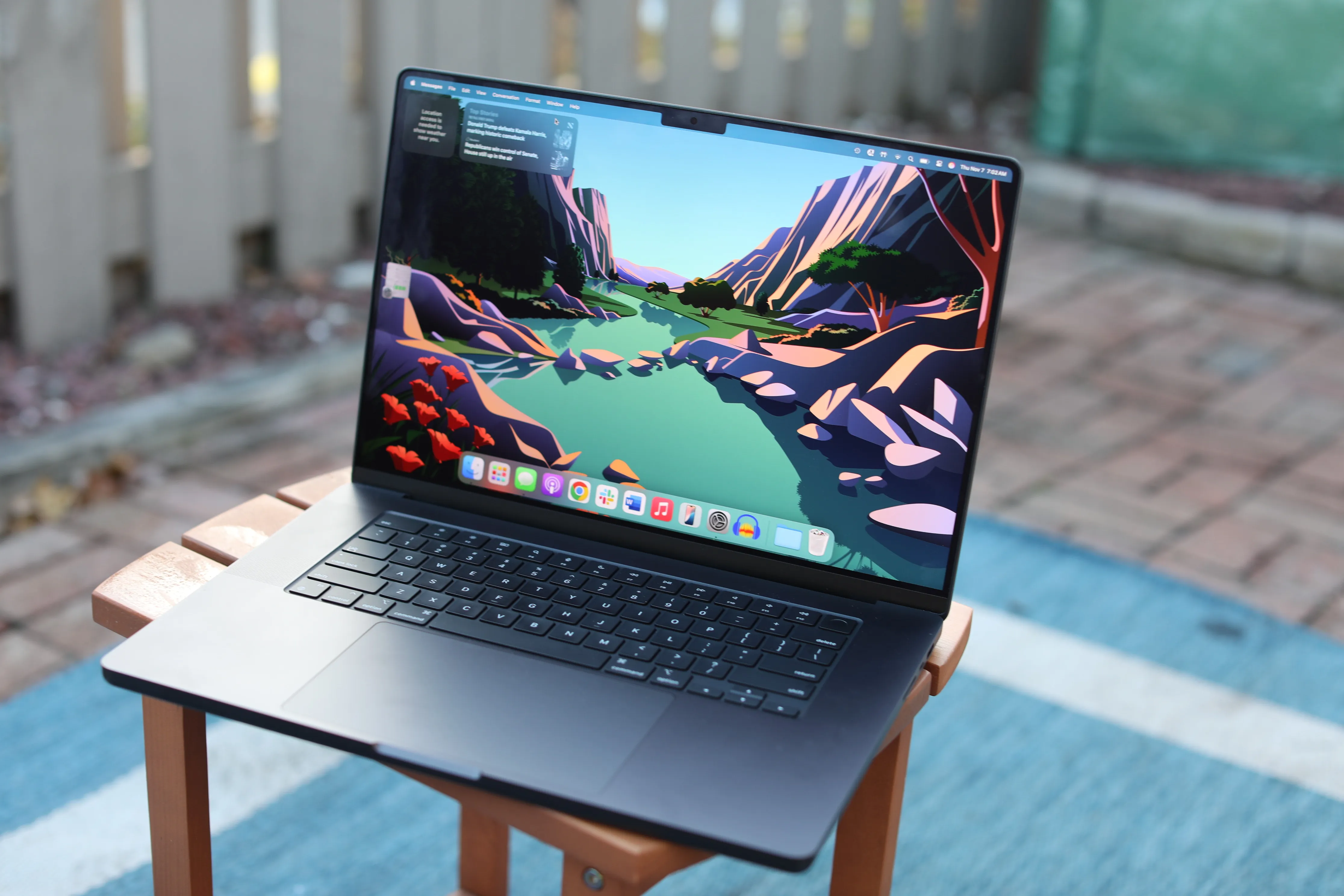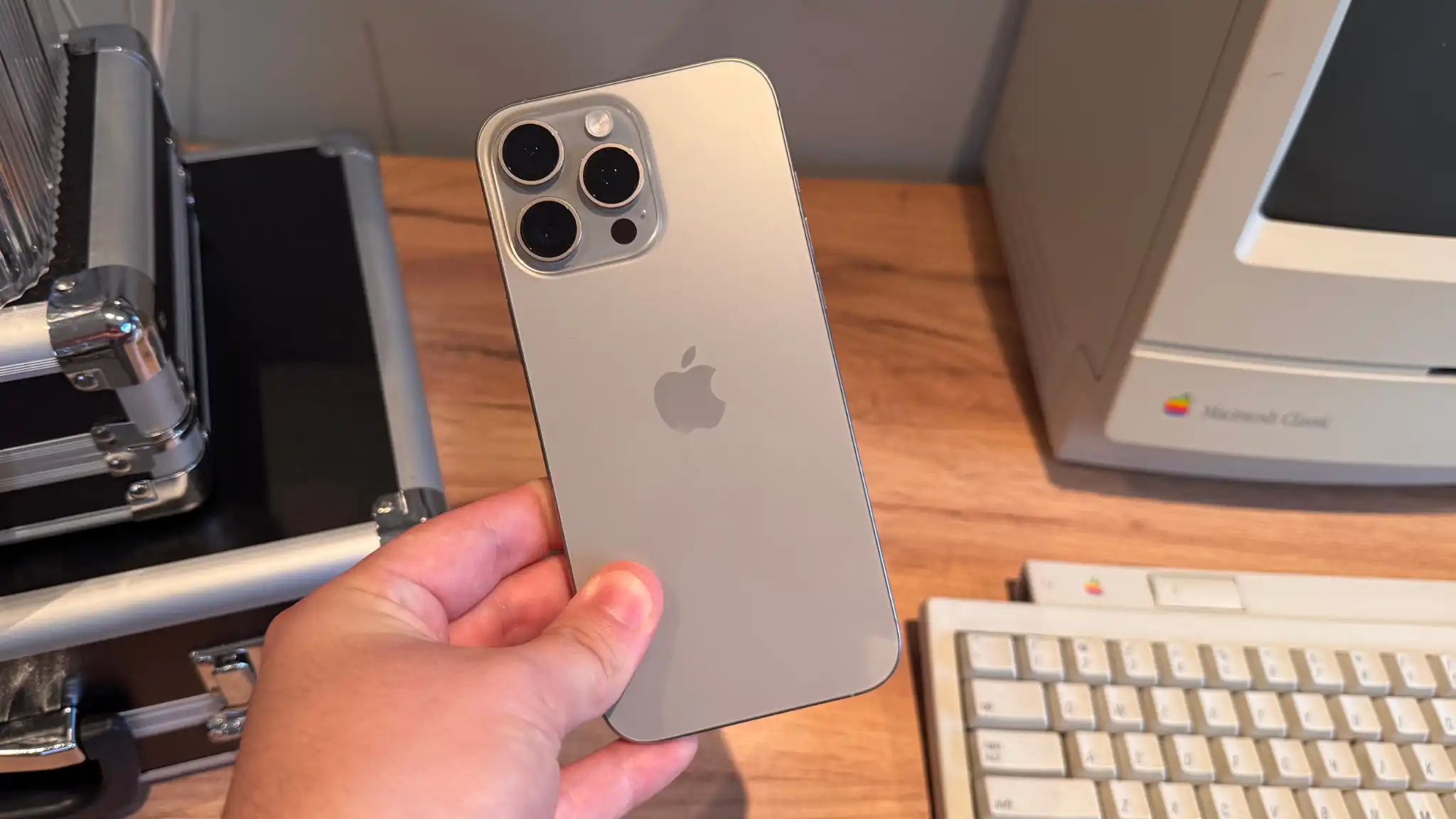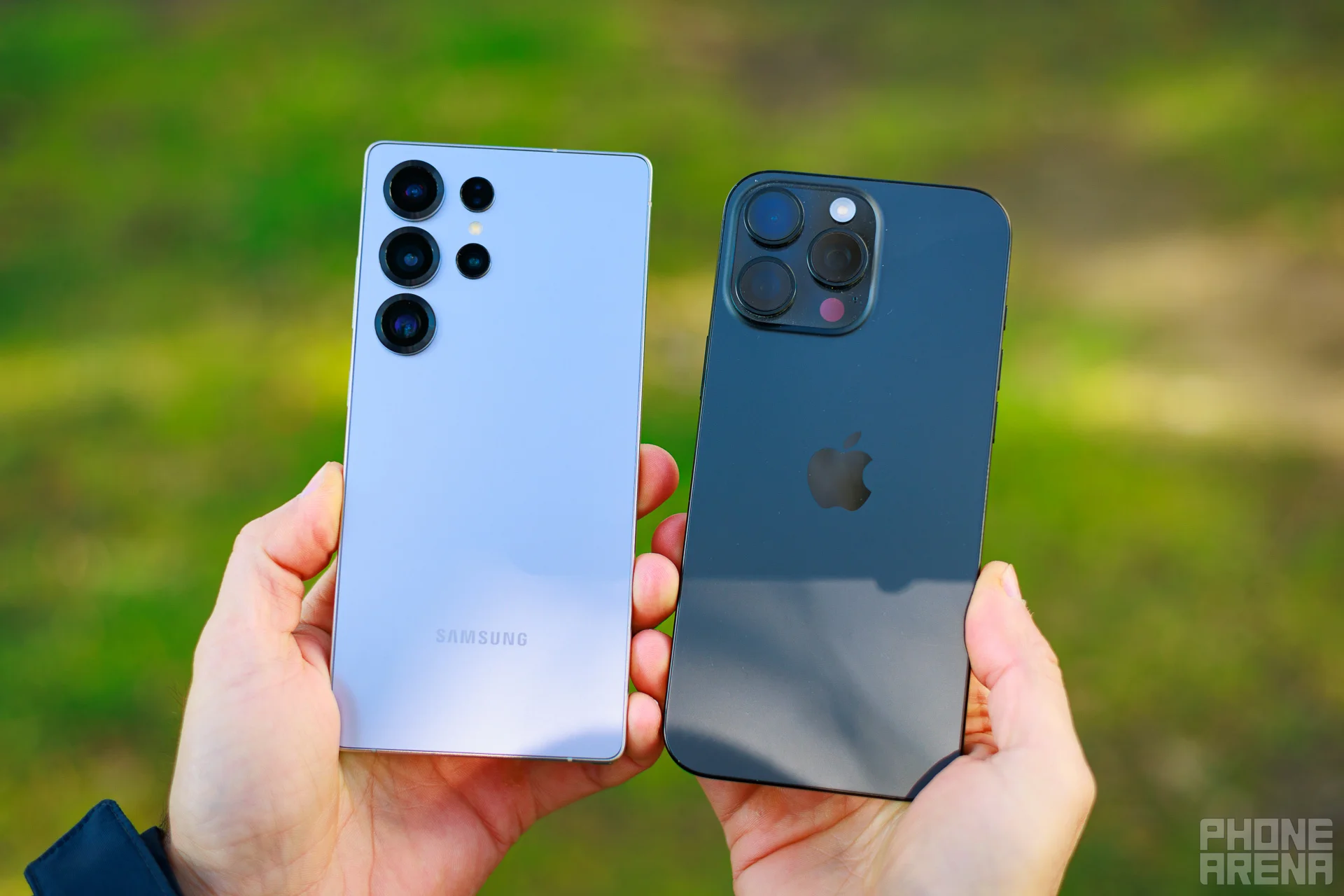Intro — why this matters
The last few years have seen AI move from cloud-only APIs into the devices we use every day. Laptops that pair on-device AI silicon with intelligent assistants are now practical — and that combination is what will reshape productivity. Instead of searching, copying, and switching apps, users will get context-aware suggestions, instant summarization, and even voice+visual co-creation — all with better privacy and battery life because much of the work runs on the device itself.
Microsoft+1
What is Microsoft Copilot+ (in plain terms)
Copilot+ is Microsoft’s evolved AI companion for Windows that’s tuned to work tightly with device hardware, user context, and Microsoft 365 apps. On Copilot+-enabled PCs you’ll find features like “Recall” (device memory to surface what matters), “Click to Do” (turning selections into actions), richer voice interactions, and visual co-creation tools — all designed to save time in everyday tasks like drafting, summarizing, fixing formatting, and extracting key points from long documents. Microsoft positions Copilot+ as “human-centered AI” that gives users back time.
Microsoft+1
Why on-device AI matters (NPUs, TOPS, and responsiveness)
On-device AI silicon — typically called a Neural Processing Unit (NPU) — handles AI tasks locally and far faster than round-trip cloud requests for small/medium workloads. NPUs are measured in TOPS (trillions of operations per second) and can accelerate things like real-time transcription, image editing, instant translations, and lightweight generative tasks. The result: lower latency, better privacy (data stays on the laptop unless you choose otherwise), and long battery life because these chips are optimized for efficient AI compute. Copilot+ PCs are explicitly designed to take advantage of these NPUs.
Microsoft Learn+1
Intel Lunar Lake (Core Ultra 200V) — the x86 answer for AI laptops
Intel’s Lunar Lake (branded Core Ultra 200V/Series 2) is a modern mobile SoC that integrates CPU, a beefed-up GPU, and an NPU tile that delivers up to tens of TOPS for AI workloads. Lunar Lake focuses on strong graphics, improved power efficiency, and a substantial uplift in on-device AI performance compared with prior Intel mobile generations. That means smoother video editing, snappier image-based features (background removal, smart retouching), and better multitasking without draining the battery. For users invested in Windows apps and x86 compatibility, Lunar Lake gives a familiar software ecosystem with new AI capabilities under the hood.
Intel+1
Qualcomm Snapdragon X Elite — Arm-based, AI-first mobility
Qualcomm’s Snapdragon X Elite is an Arm-based laptop platform built with AI in mind: multi-core CPU clusters for efficiency and NPU logic for sustained AI workloads. Snapdragon X Elite promises impressive battery life, always-on connectivity options on some designs, and strong power efficiency for day-long use. In practice, Snapdragon X Elite machines shine for mobile creators who want long battery runtimes, near-instant wake/voice features, and Copilot+ experiences tuned for Snapdragon NPUs — enabling instant live captions, image re-styling, and low-latency dictation.
Qualcomm+1
How Copilot+, Lunar Lake & Snapdragon X Elite work together in real workflows
Imagine this typical workday flow:
- You join a 30-minute meeting; Copilot+ creates a live summary, highlights decisions, and generates follow-up tasks the moment someone assigns them — all done locally for speed and privacy.
Microsoft - After the meeting you drop a messy brief into your editor; Copilot+ suggests a cleaned-up executive summary, bullets, and suggested subject lines. The heavy lifting (summarization + context retrieval) uses the laptop’s NPU so it’s fast and works offline for basic tasks.
partner.microsoft.com+1 - You record a short how-to video: Lunar Lake’s GPU and NPU accelerate on-device rendering and smart effects while Snapdragon X Elite machines extend battery life so you can shoot and edit away from the desk.
Intel+1
This trifecta (Copilot+ software, stronger NPUs, AI-aware silicon) turns multiple friction points — searching, app switching, waiting for cloud jobs — into a more integrated, single-flow experience.
Benefits for businesses and creators
- Faster content creation: instant drafts, smart rewrites, and asset resizing.
- Reduced context switching: Copilot+ surfaces relevant files, calendar items, and prior notes without hunting.
- Better privacy & compliance: on-device processing keeps sensitive snippets local unless cloud models are explicitly used.
- Lower total cost of ownership: smarter power management and efficient NPUs mean longer battery life and less dependency on cloud compute.
Microsoft+1
What to watch for (limitations & realistic expectations)
- Model complexity vs. local limits: very large generative models still often require cloud compute for the most complex tasks — on-device models excel at assistive tasks, summarization, and smaller generative edits.
- Ecosystem maturity: application integrations vary by vendor and app — the best experience is when OS, apps, and hardware makers coordinate (that’s why Microsoft’s Copilot+ program partners with hardware vendors).
Windows Blog - Pricing & battery tradeoffs: flagship AI silicon tends to appear in premium laptops first. Cheaper models will follow as silicon scales and yields improve.
Buying tips — what to look for in an AI laptop
- NPU performance (TOPS): higher TOPS usually means faster on-device AI for real-time features. Look in vendor specs or Copilot+ markings.
Microsoft Learn - Memory & storage: AI features are memory-hungry; prefer 16GB+ RAM and fast NVMe storage.
- Battery & thermal design: more TOPS must be paired with thermal efficiency to avoid throttling.
- Copilot+ certification / marketing: Copilot+ PCs guarantee certain AI features will be supported and updated.
partner.microsoft.com
Conclusion — productivity reimagined
AI-powered laptops aren’t a marginal upgrade — they’re a platform shift. Microsoft Copilot+ turns device intelligence into an assistant that helps you think and act faster; Intel’s Lunar Lake and Qualcomm’s Snapdragon X Elite provide the silicon muscle to run that assistant responsively, locally, and efficiently. For professionals and creators, that means less busywork, faster iteration, and more time focused on high-value thinking. If you’re shopping for a new laptop today and productivity matters, prioritize Copilot+ devices or machines with strong NPU specs — you’ll be buying not just a faster computer, but a smarter one.
Microsoft+2
Intel+2







No comments yet. Be the first to comment!